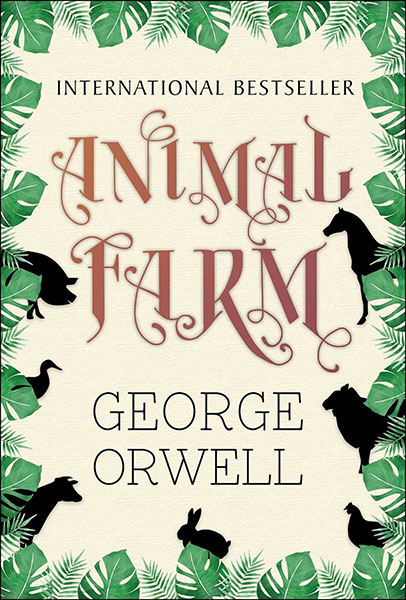
The Sound and the Fury
‘The Sound and the Fury’ is a novel written by the American author William Faulkner. It employs a number of narrative styles, including the technique known as stream of consciousness, pioneered by 20th-century European novelists such as James Joyce and Virginia Woolf. Published in 1929, The Sound and the Fury was Faulkner's fourth novel, and was not immediately successful.
In 1931, however, when Faulkner's sixth novel, Sanctuary, was published—a sensationalist story, which Faulkner later claimed was written only for money—The Sound and the Fury also became commercially successful, and Faulkner began to receive critical attention.
Depicting the gradual disintegration of the Compson family through four fractured narratives, the novel explores intense, passionate family relationships where there is no love, only self-centredness. At its heart, this is a novel about lovelessness.
BEST DEALS
About the Author
William Faulkner was an American novelist and short story writer, born on September 25, 1897, in New Albany, Mississippi. He is widely regarded as one of the most influential writers of the 20th century and a key figure in the development of modernist literature.
Faulkner's writing is known for its complex narrative structures, richly drawn characters, and exploration of the American South, particularly the fictional Yoknapatawpha County, which serves as the setting for many of his works. His novels often employ multiple perspectives, stream-of-consciousness narration, and nonlinear storytelling techniques.
Some of Faulkner's most famous works include "The Sound and the Fury," "As I Lay Dying," "Light in August," "Absalom, Absalom!," and "Go Down, Moses." These novels explore themes such as race, class, family, memory, and the legacy of the Southern past, while also grappling with questions of morality and the human condition.
Faulkner's writing style is characterized by its lyrical prose, intricate plotting, and experimental narrative techniques. He was awarded the Nobel Prize in Literature in 1949 for his powerful and artistically unique contribution to the modern American novel.
In addition to his novels and short stories, Faulkner also worked as a screenwriter in Hollywood, adapting several of his own works for film, including "The Sound and the Fury" and "To Have and Have Not."
Faulkner's literary legacy continues to be celebrated and studied today, with his works considered essential reading in American literature courses and his influence evident in the works of subsequent generations of writers. He died on July 6, 1962, in Byhalia, Mississippi, leaving behind a body of work that remains a testament to his talent and vision.












